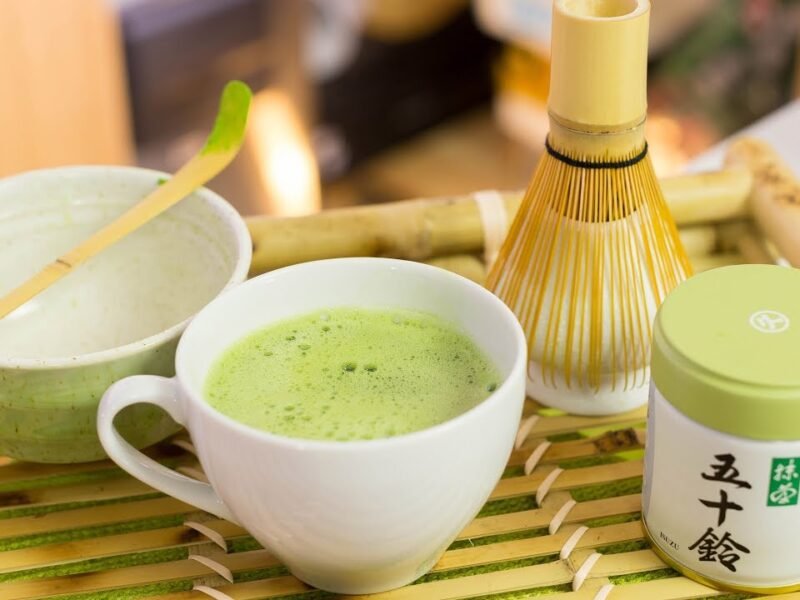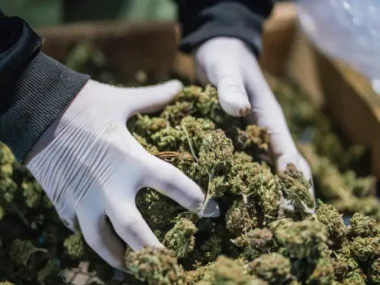The beauty of timeless beverages is that they carry the wisdom of centuries, passed down through generations, with each cup telling a story of its own. At the heart of these traditions lies traditional green tea, a staple that has been cherished for millennia. As with all ancient practices, there’s an art to making this beverage just right. Let’s delve into the intricacies of perfecting this age-old ritual.
Understanding the Essence of Green Tea
Before diving into the brewing process, it’s essential to recognise the true nature of this beverage. Unlike its processed counterparts, green tea in its traditional form is less oxidised, preserving the leaves’ natural colour and benefits. Recognising the leaves’ delicate nature is the first step to honouring its legacy. Moreover, its traditional processing method ensures minimal interference, resulting in a drink packed with antioxidants. As a testament to its ancient roots, traditional green tea has played pivotal roles in ceremonies across Asia, emphasising its cultural and health significance.
Selecting the Right Leaves
The foundation of a perfect brew lies in the quality of the leaves you select. Look for leaves that are vibrant in colour, preferably a deep green, with a fresh aroma. Avoid those that appear dull or overly dry. Remember, the fresher the leaves, the richer the flavour. The terrain and climate of where these leaves are grown can significantly influence their taste profile. High mountain regions often produce teas with a more refined flavour, while lowland areas might impart a stronger, earthier taste. Proper storage is also crucial; always keep your tea leaves in a cool, dark place to maintain their quality.
Water Temperature Matters
One of the common mistakes made while brewing tea is disregarding the water temperature. Boiling hot water can burn the tea leaves, leading to a bitter taste. Ideally, water for green tea should be just below boiling, around 175°F to 185°F. A simple trick is to bring water to a boil and then let it cool for a minute or two before pouring it over the tea. Water quality is another factor to consider. Using pure, filtered water free from impurities can make a considerable difference in the clarity and taste of the tea.
Brewing Time: Patience is Key
Rushing the brewing process can lead to an imbalanced flavour profile. Depending on the type of green tea leaves you have, the steeping time can vary. Typically, it’s best to steep for about 1 to 3 minutes. Keep in mind; over-steeping can extract too much tannin, leading to a bitter cup. Observing the leaves as they unfurl can be a mesmerising experience, signalling the release of flavours. Adjusting the brewing time based on the leaf size can also yield better results, with larger leaves generally requiring more time.
Savouring the Experience
Making traditional tea isn’t just about the end product; it’s about the journey. Embrace each step, from selecting the leaves to patiently waiting as it brews. When you sip your perfectly brewed cup, take a moment to appreciate its rich history and the hands that have passed down this ritual through the ages. The aroma, texture, and taste of each sip can be a sensory journey, offering hints of the region from where it originates. Sharing this beverage with others can turn it into a communal experience, fostering bonds and shared memories over a simple cup of tea.
In Conclusion
Traditional green tea is more than just a beverage; it’s an experience, a bridge connecting the present to ancient traditions and simpler times. By understanding and respecting the age-old practices associated with its preparation, one not only gets to enjoy a delicious drink but also honour the legacy left behind by the ancestors. Whether you’re a seasoned tea enthusiast or a curious novice, mastering the art of making this time-honoured tea can offer a meditative experience, one that soothes the soul as much as it pleases the palate.
Thank you for reading. You Can Follow Us On Twitter, Facebook, and Instagram. Be sure to subscribe to our YouTube channel too! If you would like to be a guest blogger on Future Trip Experience to raise your profile, contact us.











